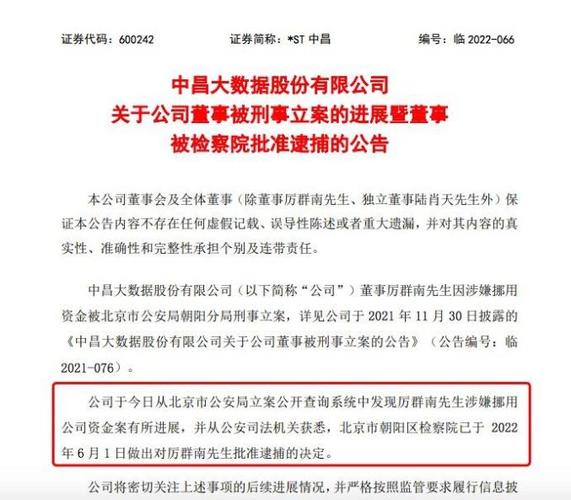As the cryptocurrency landscape continues to evolve at a breakneck pace, Bitcoin mining stands at the crux of both innovation and opportunity. Entering 2025, investors eyeing the mining sector must navigate a terrain marked by technological advancements, regulatory shifts, and fluctuating market dynamics. The question on every prospective miner’s mind is: Where and how to position oneself for maximum yield and longevity in the Bitcoin mining arena?
Bitcoin mining, fundamentally, involves validating transactions and securing the network by solving complex cryptographic puzzles. Miners are rewarded with newly minted bitcoins—a process that not only decentralizes monetary control but also incentivizes continued network integrity. Yet, this endeavor is far from static. From the evolution of mining rigs to the rise of hosting services, understanding the multifaceted nature of the industry is paramount.

Firstly, technology continues to be the cornerstone of profitability. The next generation of mining machines promises improved hash rates with substantially greater energy efficiency, a critical factor given soaring operational costs and increasing ecological scrutiny. ASIC miners equipped with advanced chipsets are swiftly replacing older models, in turn shaping the technological landscape of mining farms. Investors need to evaluate hardware performance metrics thoroughly, factoring in parameters such as hash rate, power consumption, and durability.
In tandem with hardware, mining machine hosting services are revolutionizing how individuals and companies approach mining. Rather than bear the brunt of infrastructure setup, cooling solutions, and power contracts, hosting services provide turnkey solutions—housing mining rigs in optimized facilities that often boast renewable energy integrations and peak uptime assurances. This model not only lowers the barrier to entry but also mitigates operational risks related to maintenance and fluctuating electricity costs.

Energy remains the most significant variable in the cost equation of Bitcoin mining operations. Progressive mining farms in 2025 are increasingly orienting towards sustainable energy sources. Solar, wind, and hydroelectric power are being deployed to curtail carbon footprints while maintaining competitive electricity rates. Regulatory frameworks in various jurisdictions incentivize such green energy adoption, with tax breaks and subsidies making them favorable for large-scale miners and investors alike. Aligning mining activities with sustainability is not just ethical but now also economically prudent.
Another pivotal consideration is geographic location. The lure of countries with cheaper electricity and favorable regulatory climates persists. However, geopolitical stability, infrastructure reliability, and potential exposure to regulatory clampdowns must be scrutinized meticulously. Diverse jurisdictions introduce different risk profiles—some encouraging innovation while others remain wary of cryptocurrency operations. Seasoned investors adopt a portfolio approach, distributing mining assets across regions to hedge geopolitical risks.
Bitcoin’s halving cycle, anticipated to occur approximately every four years, will continue to dictate the profitability horizon. The impending halving in 2024-2025 compresses miner rewards, necessitating increased efficiency and cost management to maintain margins. Miners and investors must model expected returns with post-halving block rewards in mind, calibrating operations accordingly. The survivability of mining rigs will depend heavily on continuous upgrades and strategic electricity sourcing.
Integration with decentralized finance (DeFi) platforms and the broader blockchain ecosystem is increasingly blurring traditional boundaries. For instance, staking Ethereum’s new consensus mechanisms contrasts markedly with Bitcoin mining, yet both impacts ripple through investor psychology. Keeping an eye on alternative token dynamics such as Ethereum and Dogecoin helps portfolio diversification and hedging strategies, especially as some mining operations diversify hardware to support multi-algorithm setups.
Market volatility entails risk, but it also opens pathways for savvy players. Opportunistic acquisitions of used mining rigs during market downturns can catalyze cost-effective expansions, especially when paired with hosting services that streamline deployment. Active monitoring of Bitcoin’s price trends, mining difficulty adjustments, and network hash rate changes equips investors with actionable intelligence to pivot strategies fluidly.
Beyond raw profitability, the competitive landscape of mining is shaped by community and infrastructure ecosystems. Aggregated mining pools enhance the odds of steady block rewards and mitigate revenue variability, making pool participation a staple strategy. Hosting providers often bundle such pool memberships with their services, offering novice miners an accessible entry point into collective mining power.
Finally, the convergence of artificial intelligence (AI) and mining is on the horizon. Machine learning algorithms are being developed to optimize mining efficiency dynamically—adjusting operational parameters such as clock speeds and fan velocities to balance hash power against energy consumption. Early adopters of these AI-powered mining management solutions may find themselves with an edge in the grueling race for computational dominance.
In summary, Bitcoin mining investment in 2025 is a tapestry woven from technological innovation, geopolitical nuance, environmental responsibility, and strategic foresight. Prospective miners and investors must juggle hardware selection, hosting partnerships, energy sourcing, and regulatory landscapes concurrently. Embracing diversification—both in mining rig technology and location—while leveraging hosting services to reduce operational friction, paves the way for sustained success in the mining domain.
Those poised to seize the opportunities of 2025 will be the ones who harness cutting-edge mining rigs, leverage efficient hosting farms powered by renewable energies, and stay agile amidst cryptocurrency’s inherent volatility. Bitcoin mining has never been a static venture—its future is as dynamic and electrifying as the cryptographic puzzles miners endeavor to solve.
Leave a Reply